Introduction
Acne scars are one of the most notorious issues in dermatology. They are difficult to treat and often require multiple sessions, spanning over months and years. How to get rid of acne scars permanently is a common concern for many, as these scars are basically the remanence of acne that has healed.
Types of Acne Scars
Generally, acne scars can be divided into two types: pigmented scars and atrophic scars. The key to how to get rid of acne scars permanently lies in proper diagnosis and treatment, targeting the core reason behind the same.
Pigmented Scars in Indian Skin
In Indian skin, pigmented scars are generally hyperpigmented scars seen as darkening. These occur due to increased melanin in the scarring area and therefore can be corrected by various depigmentation treatments like lasers, chemical peels, and even depigmenting creams. How to get rid of acne scars permanently often involves a combination of these treatments to achieve the best results.
Atrophic Scars
Atrophic scars, on the other hand, are due to the tethering of the upper layer of skin to the lower layers due to the formation of fibrous bands. Breaking these fibrous bands is crucial for effective treatment. Additionally, the gap must be filled with soft tissue, either through rejuvenation or external fillers. This is why most acne scar treatments focus on collagen rebuilding, a key factor in how to get rid of acne scars permanently.
Types of Atrophic Scars
Atrophic scars can be of three types: ice-pick, rolling, and boxcar scars. Boxcar and rolling scars are treated with lasers, microneedling, threads, and other collagen-boosting procedures, while ice-pick scars are best treated with TCA Cross and scar revision surgeries. If you’re wondering how to get rid of acne scars permanently, identifying the scar type is the first step toward effective treatment.
Advanced Treatments for Acne Scars
The most advanced treatments for acne scars today include exosomes, laser therapy (ablative and non-ablative, fractional and non-fractional), threads, microneedling, radiofrequency, and anti-acne peels. These treatments are designed to target specific issues at precise depths for each individual, ensuring a customized approach to how to get rid of acne scars permanently.
Chemical Peels
Chemical peels, being acidic in nature, when applied to the skin, cause shrinkage of pores and exfoliation, leading to a decrease in active breakouts. They also reduce melanogenesis, helping clear pigmentation. Therefore, they are a cornerstone in the treatment of pigmented scars and an essential step in how to get rid of acne scars permanently.
Laser Therapy
While chemical peels target the entire skin surface, lasers offer a more precise approach, treating only the affected areas while sparing the rest. This reduces downtime and enhances the resolution of pigmented lesions. Resurfacing lasers, in both fractional and non-fractional settings, can reach the dermis to break down fibrous bands, stimulate collagen formation, and remodel scars. With multiple sessions, laser therapy plays a crucial role in improving atrophic scars and achieving how to get rid of acne scars permanently.
Microneedling with or without RF
Microneedling, with or without RF (radiofrequency), mainly targets the dermis to promote new collagen formation and break fibrous bands, making it an effective solution for how to get rid of acne scars permanently. Compared to fractional lasers, it delivers heat at precise skin levels, causing microtrauma and soft tissue remodeling. MNRF (Microneedling with RF) requires multiple sessions but has a shorter downtime—typically 24 hours compared to 3-4 days for CO2 fractional lasers.
Threads and Fillers
For patients unable to commit to long-term treatments, threads and fillers offer a faster alternative. Subcision with threads works like microneedling or fractional lasers by stimulating collagen and breaking fibrous bands. After 3-4 months, hyaluronic acid fillers can be used to fill craters, providing instant results while boosting collagen production for natural scar improvement. These methods are highly effective in achieving how to get rid of acne scars permanently.
Combination and Personalized Treatments
Scar treatment is no longer a one-size-fits-all approach. Dermatologists now use customized combinations of treatments based on an individual’s needs, lifestyle, skin type, and sun exposure. A multi-therapy approach helps in achieving how to get rid of acne scars permanently, ensuring better results in a shorter time frame.
Stepwise Treatment
Chemical peels, lasers, and microneedling work in a stepwise manner, progressively penetrating deeper with each session to enhance overall skin texture and reduce scars.
Time Considerations
The duration of treatment is a crucial factor. Since most acne scar treatments require multiple sessions over months, an alternative like threads and skin boosters can achieve similar results in a single sitting. However, such treatments are costlier.
Special Considerations
Keloidal Scars
Some individuals develop keloidal scars, which are harder to treat. These require a combination of intralesional injections, laser therapy, and microneedling to achieve noticeable improvement.
Medical + Procedural Combination
To prevent acne flare-ups during scar treatments, a combination of medical and procedural approaches is necessary. This ensures that active acne is under control before scar revision treatments begin.
Pre- and Post-Procedure Precautions
Avoiding direct sunlight and harsh skincare actives before and during the procedure is crucial. Proper moisturization and sun protection are mandatory throughout the treatment process.
Counselling and Lifestyle Factors
Since acne scar treatments require patience, proper counseling helps in setting realistic expectations. A high-protein diet, adequate hydration, and avoiding smoking and alcohol can enhance treatment effectiveness.
Add-ons and Latest Insights
Exosomes
Exosomes are a groundbreaking advancement in regenerative medicine. They use mRNA from human and non-human sources to enhance skin regeneration and improve acne scars.
Subcision
Subcision is a minor surgical procedure where a needle is used to break fibrous strands tethering the skin down, improving the appearance of atrophic scars.
Psychological Impact of Acne Scars
Acne scars can affect self-confidence and mental health, leading to social withdrawal, low self-esteem, and even depression. Addressing these concerns through effective treatments can significantly improve a person’s overall well-being.
Conclusion
Every case is unique, and the right approach how to get rid of acne scars permanently depends on a tailored treatment plan. Consulting a dermatologist to understand the best course of action is crucial for achieving optimal results.

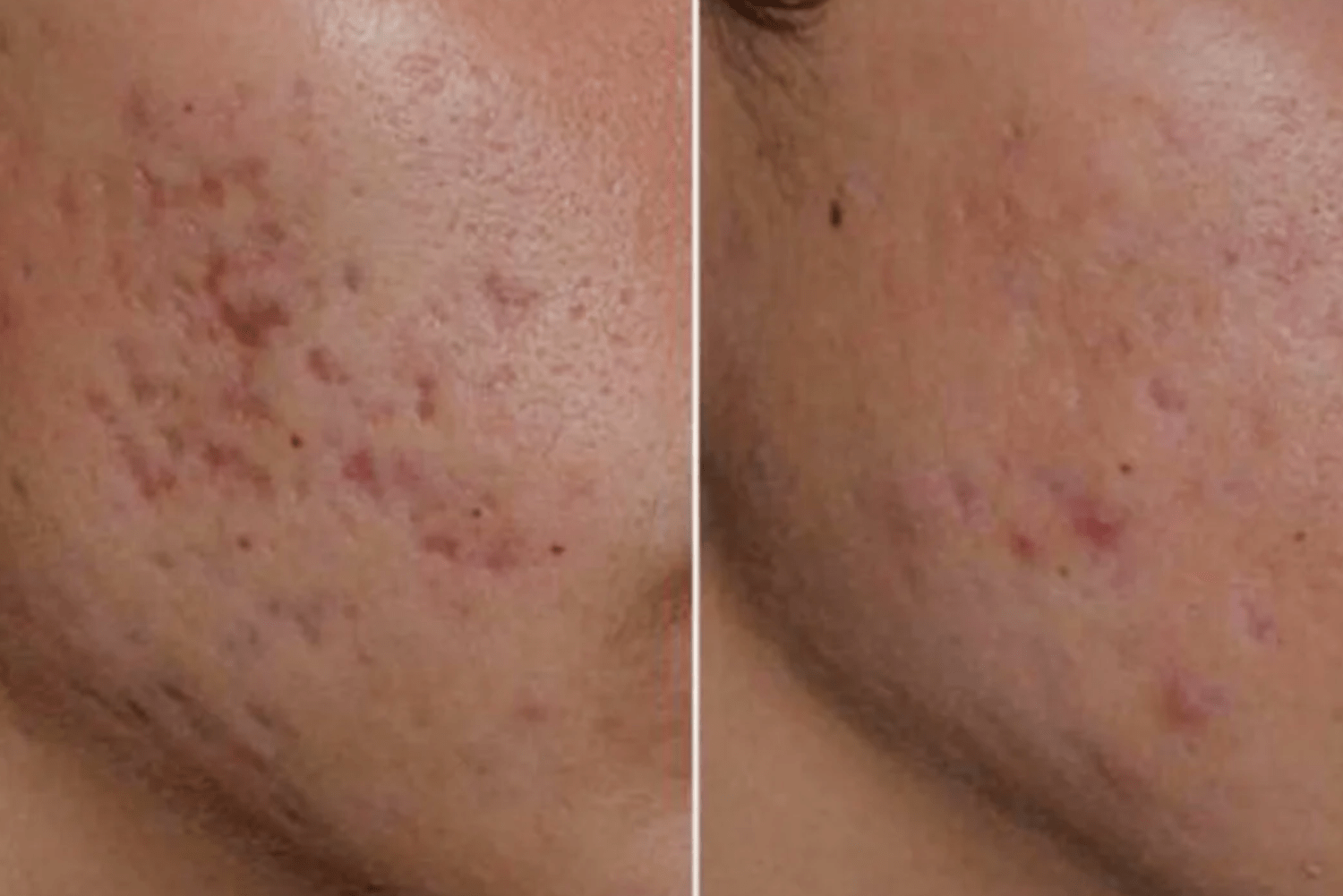

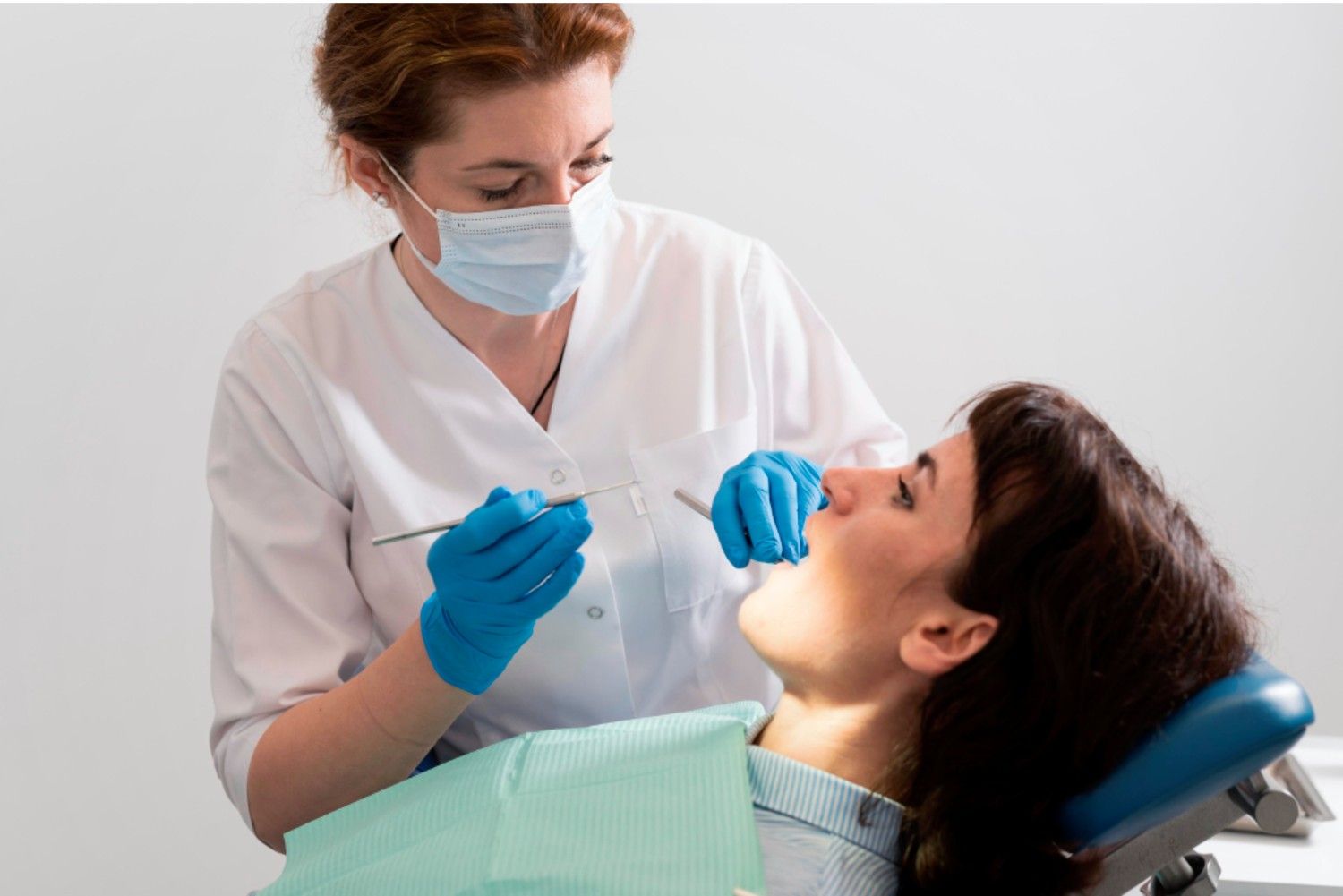
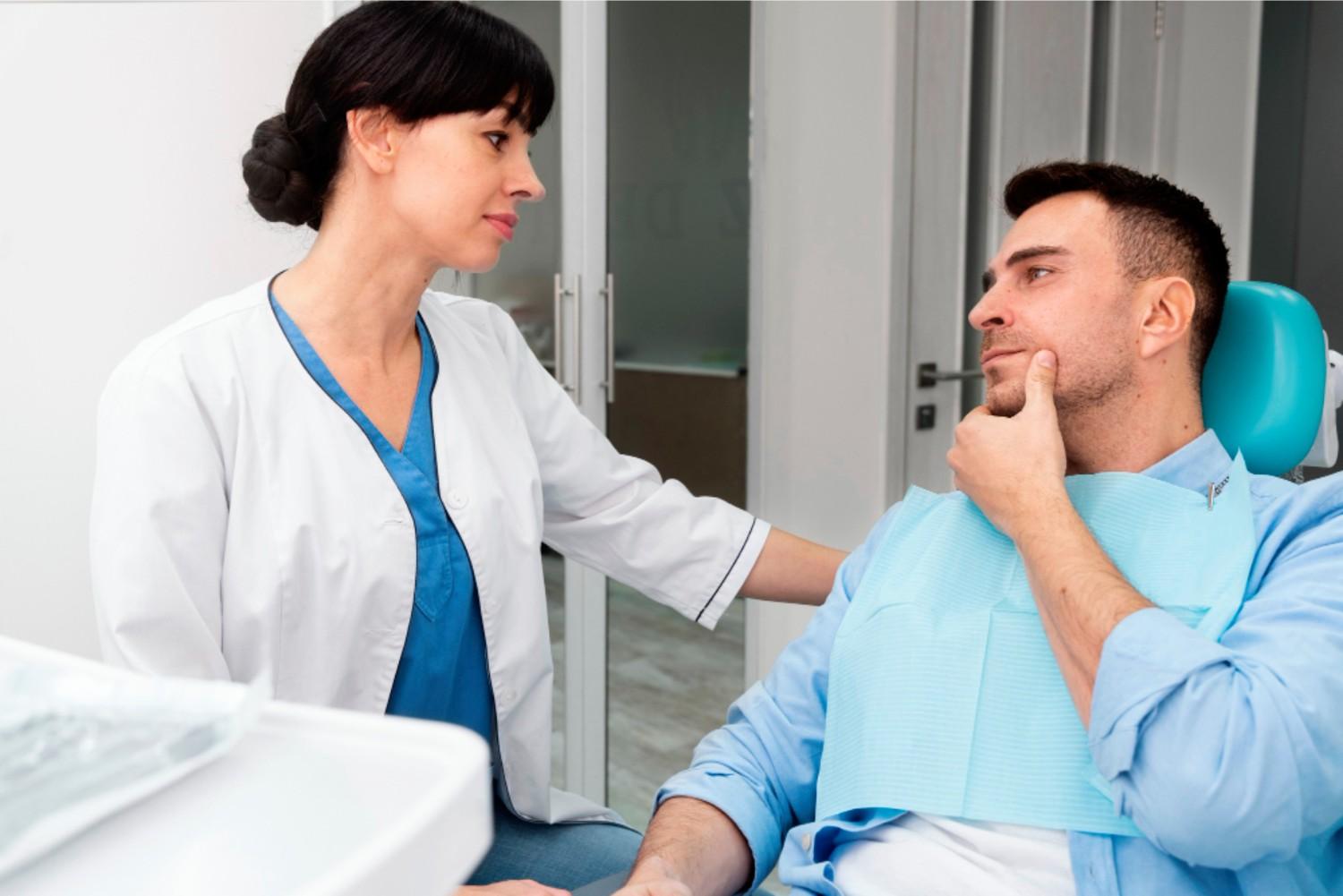
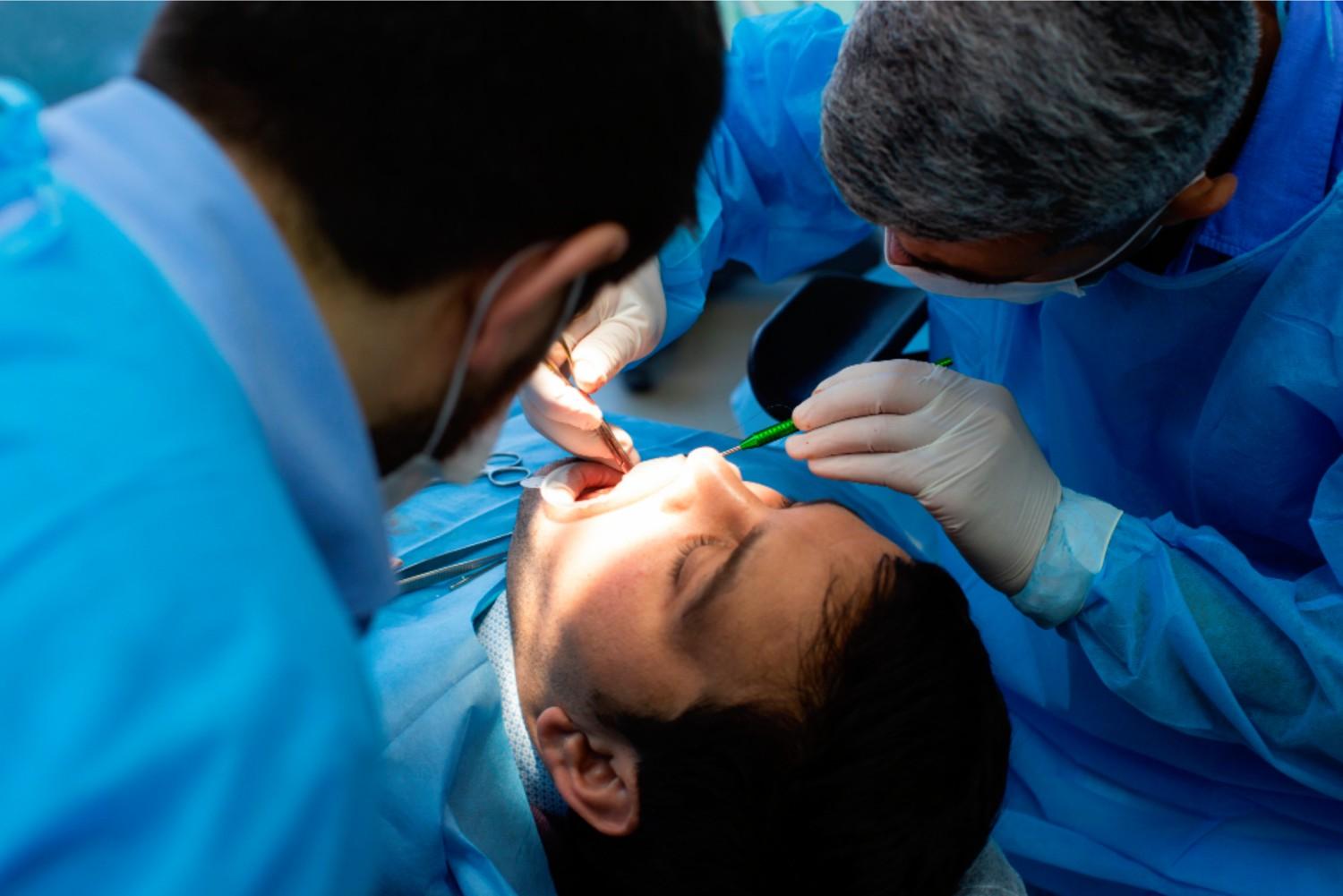

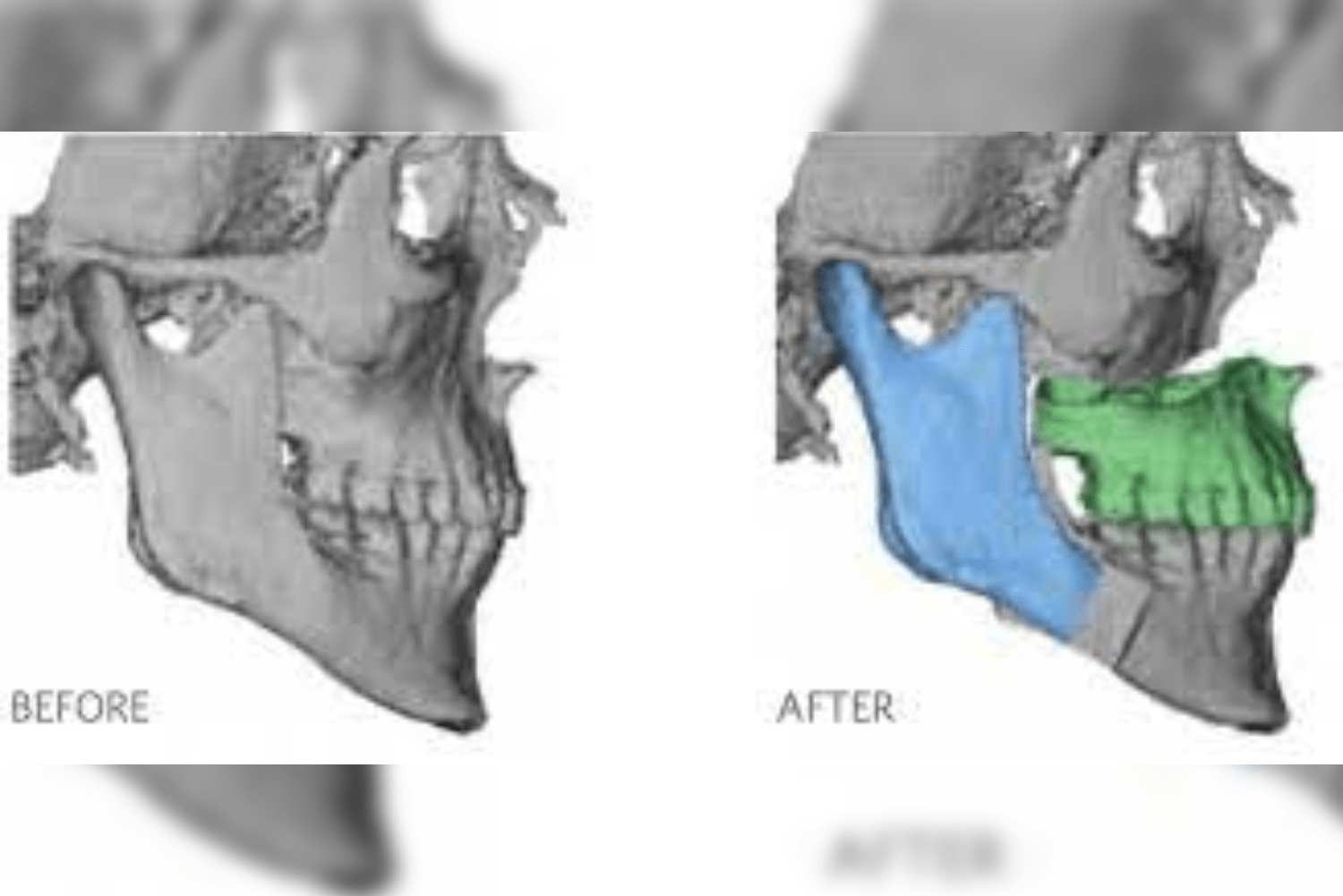
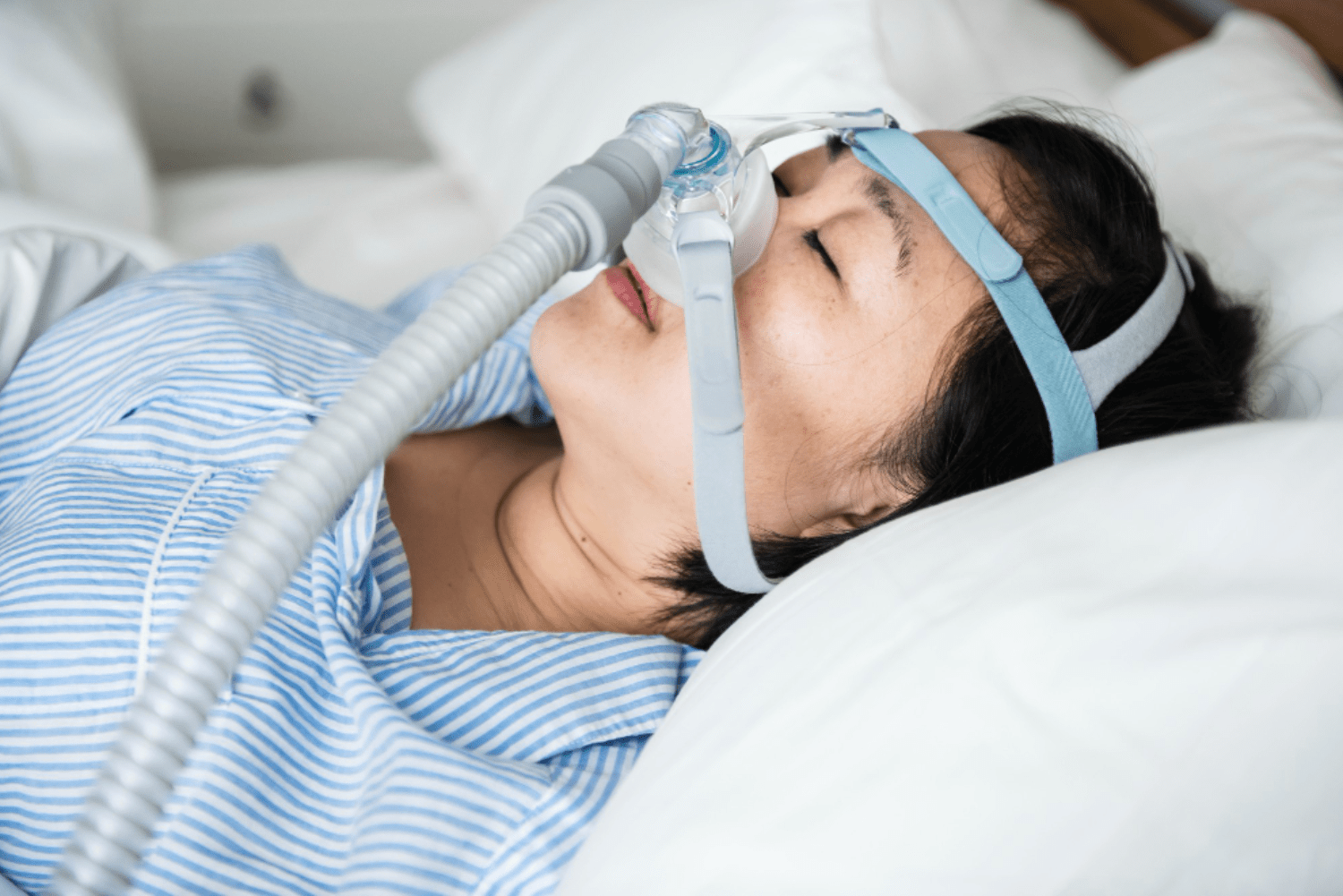
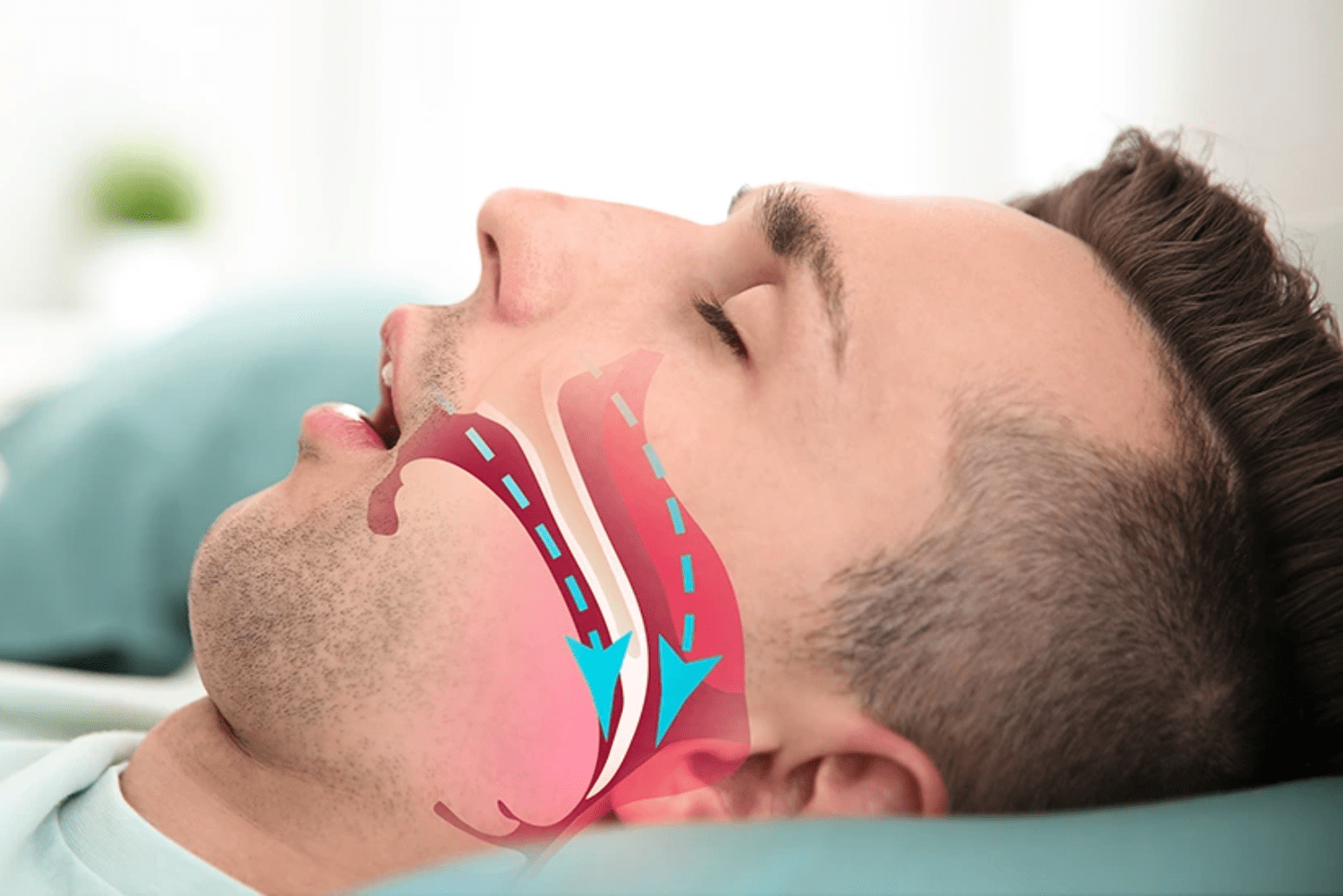
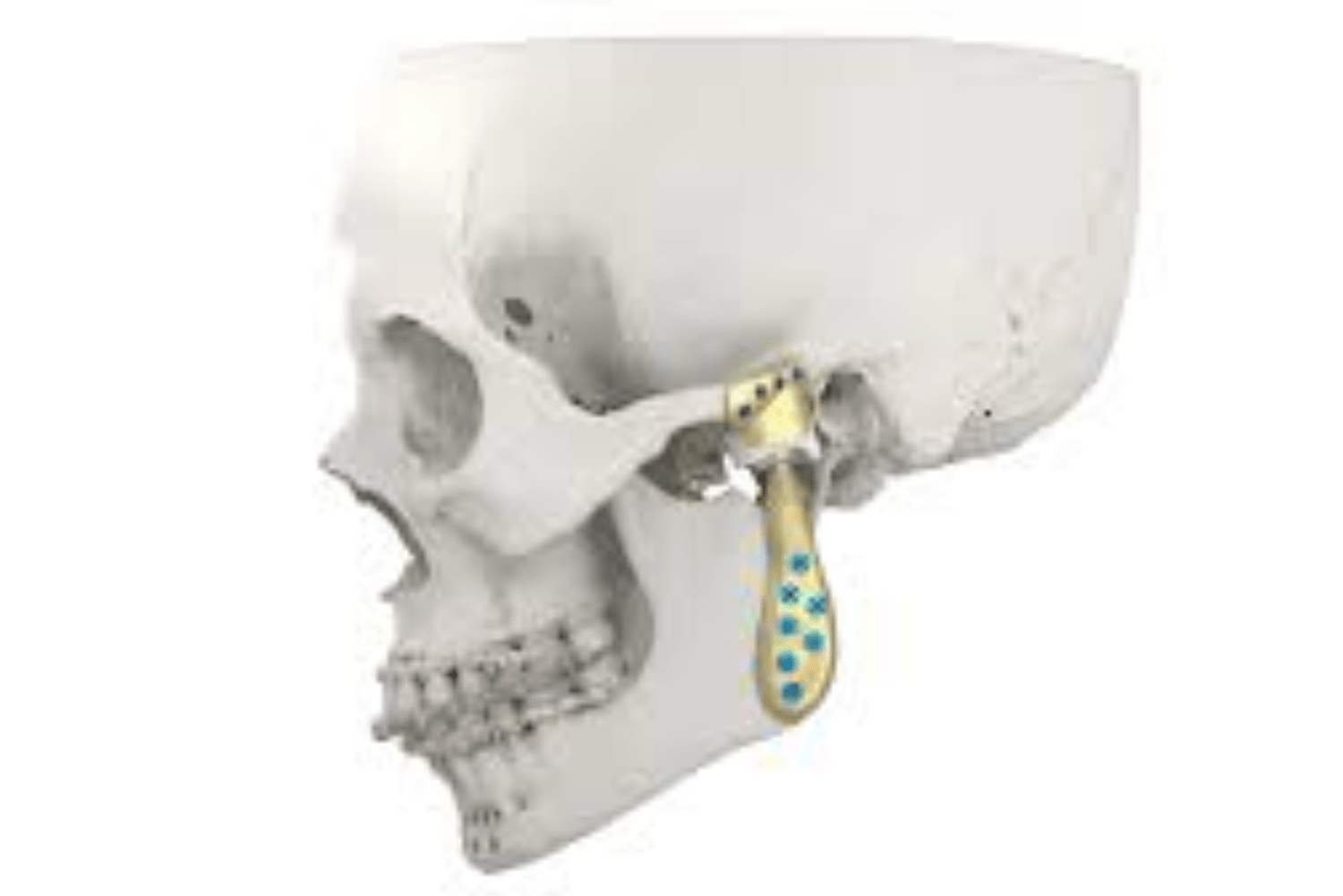
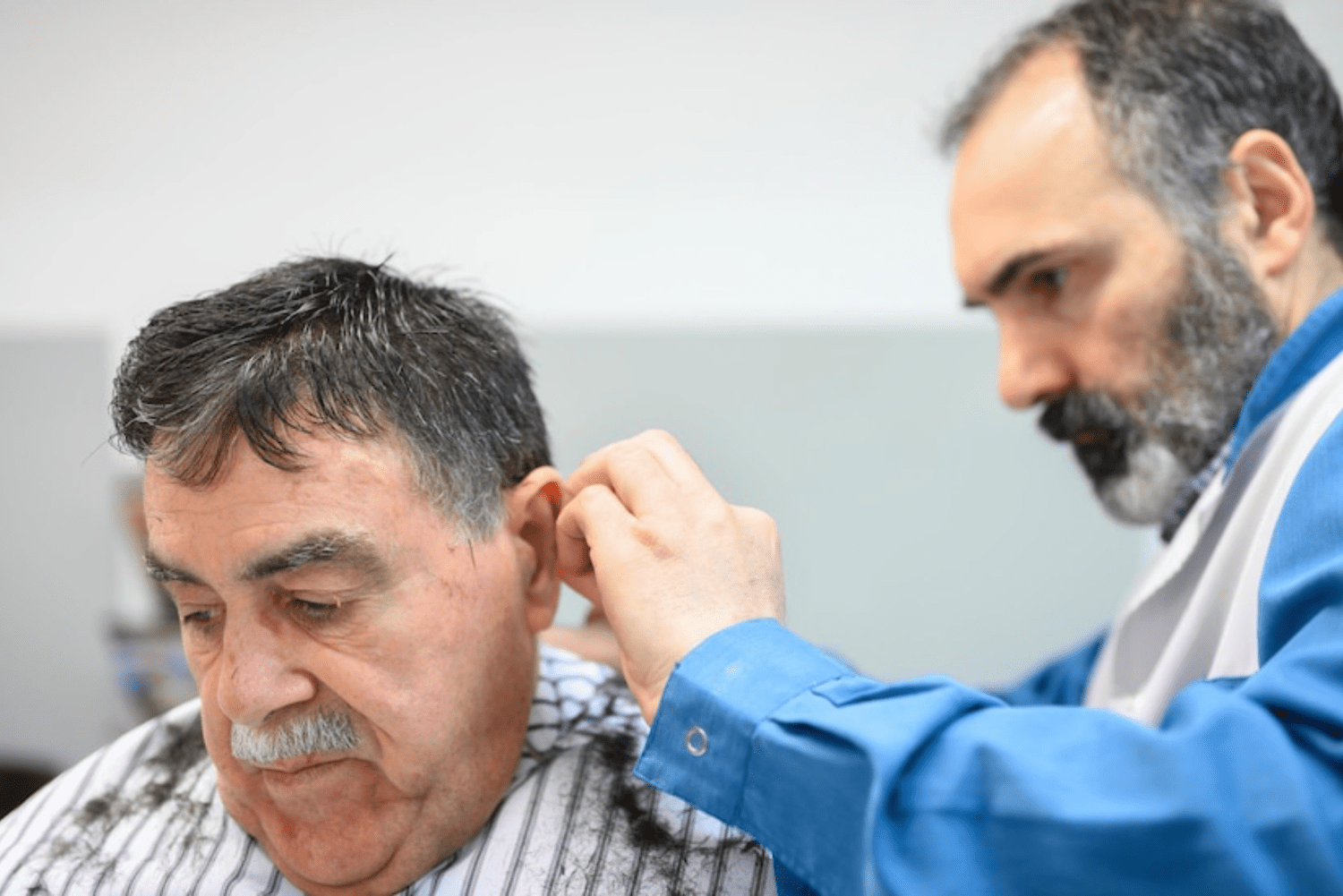


3 Responses
Awesome
Good
Awesome